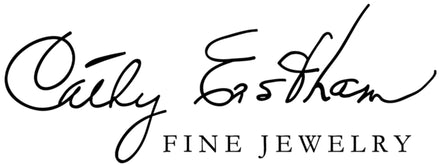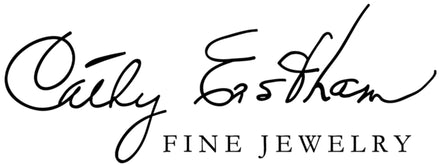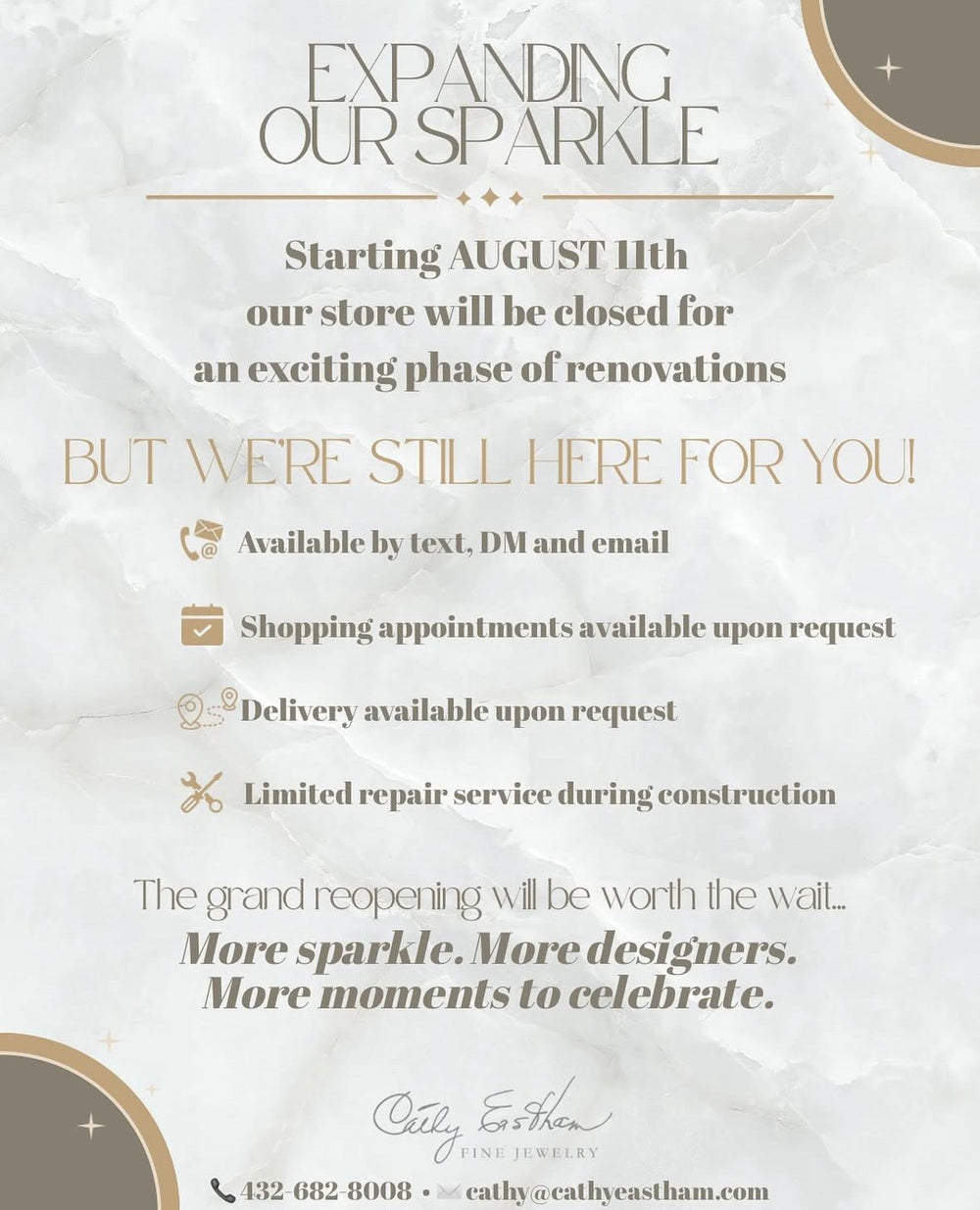What Is Diamond Carat Size?
When selecting a diamond, one of the most important factors to consider is its carat size. Carat weight significantly impacts the diamond's appearance, value, and how it will be perceived by others. Understanding diamond carat size is essential for making an informed decision when purchasing diamond jewelry. In this blog, we will explore the concept of diamond carat size, its measurement, impact on value, and practical considerations for choosing the right carat size for your needs.
Understanding Carat Size
Definition of Carat
The term "carat" refers to the weight of a diamond. One carat is equivalent to 200 milligrams or 0.2 grams. Carat weight is often abbreviated as "ct." Diamonds are measured to the hundredth decimal place for precision, and even a small difference in carat weight can significantly affect the diamond's value.
Origin of the Term
The term "carat" originates from the carob seed, which was historically used as a reference for weighing precious stones due to its uniform size and weight. This method dates back to ancient times and has evolved into the standardized measurement used today.
How Carat Size Affects Appearance
Perceived Size
The carat weight of a diamond directly influences its perceived size. However, two diamonds of the same carat weight can appear different in size due to their shape and cut. For example, a well-cut round diamond may appear larger than a poorly cut one of the same weight. Additionally, elongated shapes like marquise or oval cuts can make a diamond appear larger than its carat weight suggests.
Table Surface Area
The table surface area, or the top view of the diamond, is a key factor in how large the diamond appears. A diamond with a larger table surface area will look bigger when viewed from above. For instance, the table surface area of a one-carat round brilliant diamond is approximately 6.5 millimeters in diameter.
Diamond Shapes and Size Perception
When it comes to diamonds, the shape significantly influences how the carat weight is distributed and perceived. Different shapes not only affect the diamond's appearance but also its brilliance and how large it appears to the naked eye.
Round Brilliant Cut
The round brilliant cut is the most popular diamond shape, renowned for its exceptional sparkle and fire. This shape is specifically designed to maximize light reflection, which enhances its brilliance and makes it appear larger than diamonds of the same carat weight in other shapes.
- Facet Arrangement: The round brilliant cut typically has 58 facets, arranged to reflect the maximum amount of light. This facet pattern creates a bright, lively appearance that can make the diamond look larger.
- Proportions: Well-cut round diamonds have ideal proportions that enhance light performance. The optimal table size and depth contribute to its overall brilliance and perceived size.
Perceived Size
Round brilliant diamonds often appear larger than their actual carat weight due to their superior light performance. The circular shape allows for even light distribution, contributing to a more substantial visual impact.
Princess Cut
The princess cut is a popular square-shaped diamond that offers a modern and chic appearance. While it has impressive brilliance, the table surface area is smaller compared to round diamonds of the same carat weight, which can make it appear slightly smaller.
- Table Surface Area: The square shape of the princess cut means that more of the diamond’s weight is distributed in the depth rather than the width, which can reduce the visible surface area.
- Facet Pattern: The princess cut has a brilliant facet arrangement similar to the round cut, but the facets are arranged differently to create a unique sparkle. While it’s very brilliant, it doesn’t quite match the light performance of a round brilliant cut.
Perceived Size
Princess cut diamonds may appear smaller than round brilliant cuts of the same carat weight due to their deeper profile and smaller table surface area. However, they still offer a striking, contemporary look that appeals to many.
Oval, Marquise, and Pear Cuts
Elongated shapes such as oval, marquise, and pear cuts are excellent choices for those seeking a diamond that appears larger than its actual carat weight. These shapes create an illusion of greater size due to their elongated profiles.
- Oval Cut: The oval cut combines the brilliance of a round diamond with an elongated shape, making it appear larger. Its shape can also make fingers look longer and slimmer.
- Marquise Cut: The marquise cut is characterized by its pointed ends and elongated body, which maximizes the diamond's surface area. This shape often appears larger than other cuts of the same carat weight.
- Pear Cut: The pear cut, or teardrop shape, blends the round and marquise cuts, offering a unique and elegant appearance. Its elongated form can make it look larger and more substantial.
Perceived Size
Elongated diamond shapes tend to cover more surface area on the finger, creating the impression of a larger diamond. Their distinctive shapes also draw the eye, enhancing their visual impact.
Emerald and Asscher Cuts
The emerald and Asscher cuts are known for their step-cut faceting, which creates a hall-of-mirrors effect. While they may not have the same brilliance as round or princess cuts, their elegance and clarity make them highly desirable.
- Emerald Cut: This rectangular shape with truncated corners is prized for its clarity and sophisticated appearance. Its broad, flat facets reflect light in broad flashes, known as "step cuts."
- Asscher Cut: The Asscher cut is similar to the emerald cut but with a square shape and a higher crown. It combines the step-cut faceting with a unique, vintage appeal.
Perceived Size
Emerald and Asscher cuts often appear smaller than their actual carat weight due to their deep profiles and smaller table surface areas. However, their distinctive shapes and clear, elegant lines make them a timeless choice.
Cushion Cut
The cushion cut, also known as the pillow cut, features rounded corners and larger facets that enhance its brilliance. It combines the characteristics of the round and princess cuts, offering a soft, romantic look.
- Facet Arrangement: The cushion cut has a unique facet pattern that increases its light performance, giving it a "crushed ice" appearance.
- Shape and Proportions: The cushion cut’s proportions can vary, with some appearing more square and others more rectangular. This versatility allows for personalized choices based on preference.
Perceived Size
The cushion cut can appear smaller than a round brilliant of the same carat weight due to its deeper profile. However, its romantic and vintage appeal makes it a favorite for many.
Radiant Cut
The radiant cut combines the elegance of the emerald cut with the brilliance of the round cut. Its versatile shape and brilliant faceting make it an excellent choice for those seeking both sparkle and a unique look.
- Facets and Shape: The radiant cut has a rectangular or square shape with trimmed corners and brilliant-cut facets. This combination maximizes light performance and creates a dazzling effect.
- Proportions: Proper proportions in a radiant cut ensure that the diamond appears larger and more brilliant.
Perceived Size
The radiant cut’s trimmed corners and brilliant faceting can make it appear larger than its carat weight suggests, offering a versatile option for various jewelry designs.
Practical Considerations
When choosing the right carat size, consider the practicality of wearing larger diamonds, especially in everyday settings.
Durability and Maintenance
Larger diamonds can be more prone to damage and require careful handling. Here are some practical tips:
- Protective Settings: Choose settings that offer good protection for the diamond, such as bezel or halo settings.
- Regular Maintenance: Ensure the diamond is securely set and regularly inspected by a professional jeweler. At Cathy Eastham Fine Jewelry, we offer maintenance services to keep your diamond jewelry in top condition.
Comfort
Consider the comfort of wearing larger diamonds, especially for rings that will be worn daily.
- Weight: Larger diamonds can add weight to the ring, which may affect comfort, especially for those not used to wearing heavy jewelry.
- Profile: Higher carat weight diamonds often have a higher profile, which can snag on clothing or objects. Low-profile settings may be more practical for everyday wear.
Conclusion
Understanding diamond carat size is crucial for making an informed decision when purchasing diamond jewelry. Carat weight influences not only the appearance and value of the diamond but also how it will be perceived and worn. At Cathy Eastham Fine Jewelry, we are committed to helping you find the perfect diamond that meets your preferences and budget. With our expert guidance and personalized service, you can select a diamond that embodies elegance and brilliance.
Visit our store at 2101 W Wadley Suite 31, Midland, Texas 79705, or contact us at Cathy@cathyeastham.com or (432) 682-8008 by call or text. Our hours are Monday to Friday, 10am – 5:30pm, and Saturday by appointment. Discover the perfect diamond with Cathy Eastham Fine Jewelry, where life's too short for ordinary jewelry.







